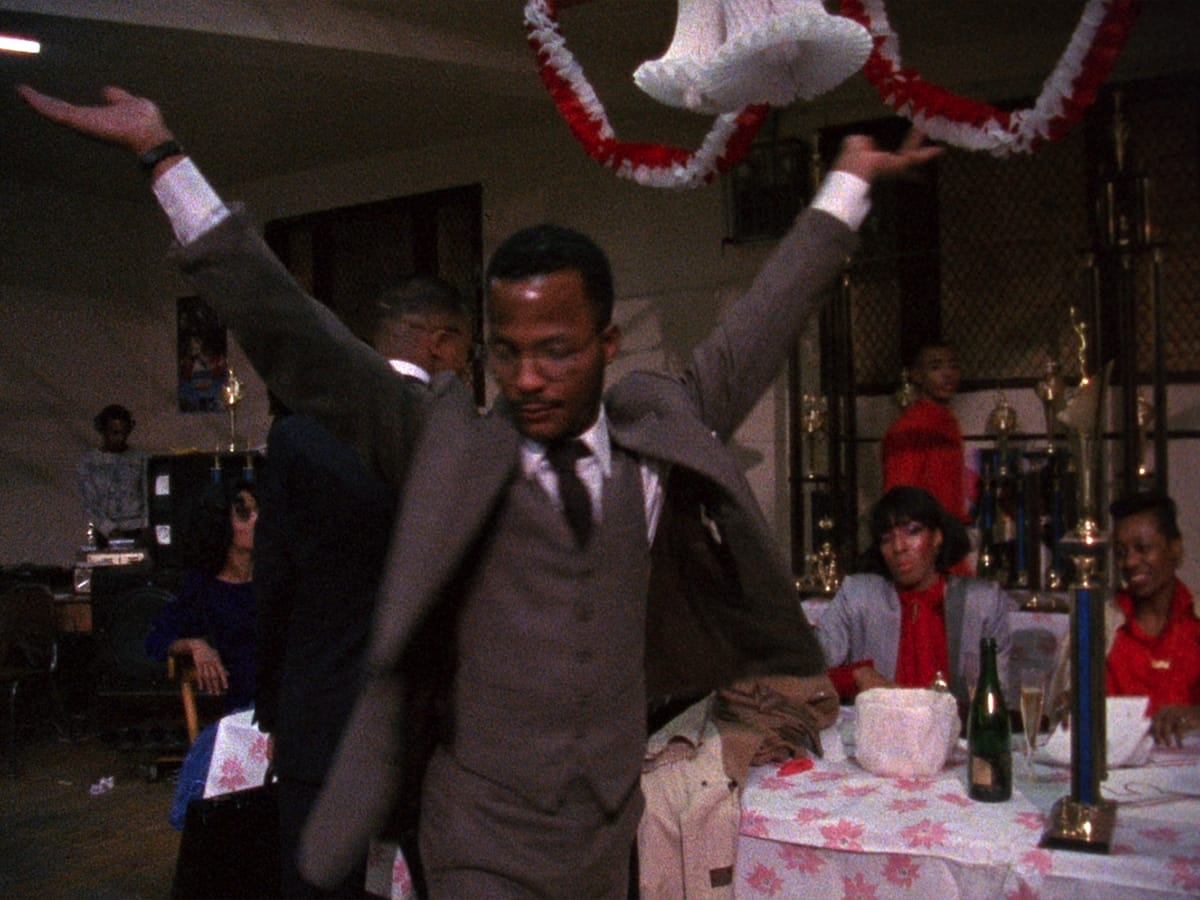ALWAYS A TIME TO CURB YOUR INSTITUTION
What is a grant workshop going to do for me when these art organizations are cosplaying as broke?
008 — Drag, dramaturgy, and theatrics as elliptical approaches. Wishing for a Creative Capital killer. Research and development for your studio practice.
DISPASSION is a newsletter about art, digital media, and emotional detachment produced by NOR RESEARCH STUDIO.

— WORKSHOP —
HOW TO COMMUNICATE IN WHITE PEOPLE: A POST-INSTITUTIONAL APPROACH TO ARTIST GRANTS
JUNE 17, 2023
3pm ET / 2pm CT / noon PT
This recurring 90-minute workshop is hosted over Zoom. Tickets ($25 per session) can be purchased here. We’ll provide more information about our second seminar series, MONEY WOES, in the next newsletter.
We led the first HOW TO COMMUNICATE IN WHITE PEOPLE grant workshop in 2020, during the early stages of the pandemic, when protestors took to the streets seeking justice for George Floyd. Since then, much of the institutional infrastructure that claimed to fund and support artists, already scant, has withered. Contrary to what others might believe, we think this shrinkage is exceedingly good news.
In its previous iterations, the workshop focused on nonprofit and academic institutions, teaching artists to bait these manipulative, backwater organizations and redistribute their resources accordingly. But with funding drying up due to mismanagement, inflation pushing living expenses to new extremes, and the vampiric faculty gatekeepers of yesteryear hoarding the last dregs of their power, we thought it might be time to show a bit more of our hand, maybe even brandish arms.
Keeping pace with these worsening economic situations, the revised HOW TO COMMUNICATE IN WHITE PEOPLE drives the skeptical, post-institutional attitude of its predecessor to a strategic brink. Foregoing the premise that grant funds can be successfully obtained, we instead assume a disadvantageous, losing position and question what gains can be secured in a deadlock where one cannot win but, for the sake of their ongoing livelihood, must not lose or let the game end.
Upholding this framework, the workshop begins by acknowledging that grants are an outgrowth of bureaucratic legal fictions designed to deflect and absorb criticisms about the capitalistic status quo while legitimizing the political smokescreen that demands competency, expertise, and mastery from artists in exchange for meager rewards.
Provisionally accepting this defeat, HOW TO COMMUNICATE IN WHITE PEOPLE emphasizes how applicants can stack funding opportunities, research institutions and their awarding habits, and most importantly reverse-engineer application forms to construct a blueprint that crystallizes their intellectual property. Throughout this process, the workshop also endeavors to provide artists with critical insights they can use to structure, promote, and stabilize their studio practice in both the public, nonprofit sphere and among privately operated galleries.
Taken together, these tactics demystify how the cannibalistic application process can be turned on its head, giving artists a sophisticated instrument that, when used primitively, can expand their audience, deepen the investigations at the center of their work, unearth the story of their practice, and ultimately contribute to their long-term financial independence. To that end, we will use grants to explore adjacent topics like intellectual property, collaborative business structures, basic tax law, and investment strategies so participants can better exploit these concepts in their proposals, their work, and their careers.
Once artists view these institutions as adversarial competitors — not well-meaning supporters, not depots of education, and certainly not as tastemakers — they can use their supposed disadvantage to a number of efficient and lucrative ends. Eschewing the anxiety-inducing process of blindly applying for grants and waiting for the results, the workshop suggests a number of potential detours that, if surveyed, result in a counteroffer that awarding bodies can’t afford to refuse.

As practitioners of performance-based research, we believe the most effective means to undermine disingenuous activity is to meet it with sincere, probing, and irreversible parody (see images above). Wholeheartedly embracing this heretical stance and its political drag, HOW TO COMMUNICATE IN WHITE PEOPLE asserts that, if institutions want artists to function like businesses, let them bear the consequences of their wish. Give them the show they requested, not the one they are looking for.
The art market is unforgiving, but independent artists will always be more authentic, nimbler, and better positioned to evaluate culture at large than any of these behemoth, slow-moving organizations (or the landlord class who fills their ranks). Moreover, the philanthropists need fresh faces blossoming with ripe blood. Beating them at their own game, we simply adhere to the principles and rules they espouse yet are unable to embody, practice, or put to use. May their thirst for legitimacy inform your playbook and fill your coffers shortly thereafter.
— ADDENDUM —
HOW TO COMMUNICATE IN WHITE PEOPLE is conducted in a conjoined workshop-seminar format that privileges agile, open inquiry as well as testing and prototyping. The workshop meets on a regular basis with the goal of developing more robust tools over time and, too, building on those insights over time.
Crucial to this entire exercise is working in groups and delegating different aspects of the process to individual members in accordance with their strengths — a method that stands in direct opposition to the current institutional siloing. Please make sure to review our house rules before signing up.
Attendees should expect to actively participate in multiple sessions if they want to fully absorb the content of the workshop series. We encourage participants to send us questions in advance of the workshop so we can tailor materials to their requests.
If attendees are comfortable sharing their drafts, they will have the opportunity to workshop excerpts from their own grant proposals. We will also review dummy proposals that demonstrate the clipped writing style which lends grants and other business documents their precision, punch, and clarity.
— FIN —
WYATT CODAY is intersex and autistic. She lives in Los Angeles, where she directs NOR RESEARCH STUDIO.
HOW TO COMMUNICATE IN WHITE PEOPLE is a workshop that deconstructs grant applications and demystifies what institutions are asking artists to perform.
NOR RESEARCH STUDIO is a design research studio that develops didactic media, exhibitions, publications, and other forms of intellectual property for artists, nonprofits, and creative businesses.
+
If you’re an artist or creative trying to stabilize your practice, we want to work with you. Schedule a free 15-minute consultation here. You can also fill out this intake form, which makes for a great self-reflexive diagnostic tool. Feel free to drop us a line at wye@nor.la if you want to trade notes.
